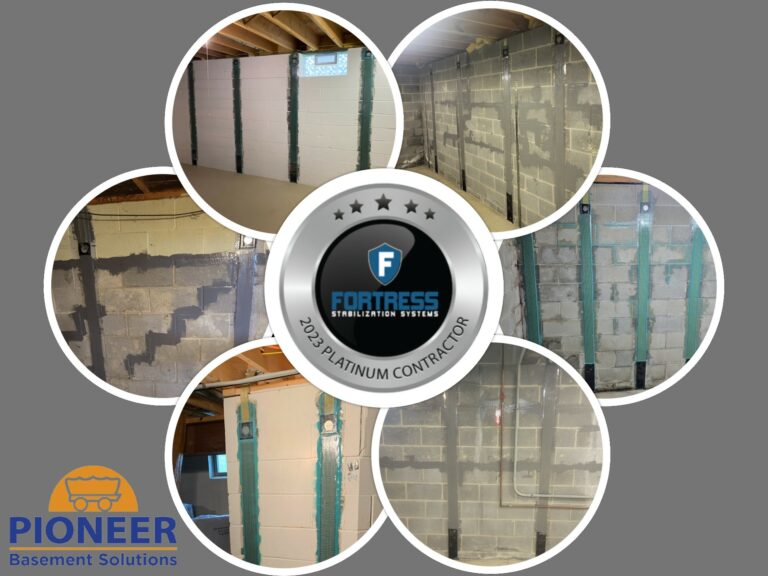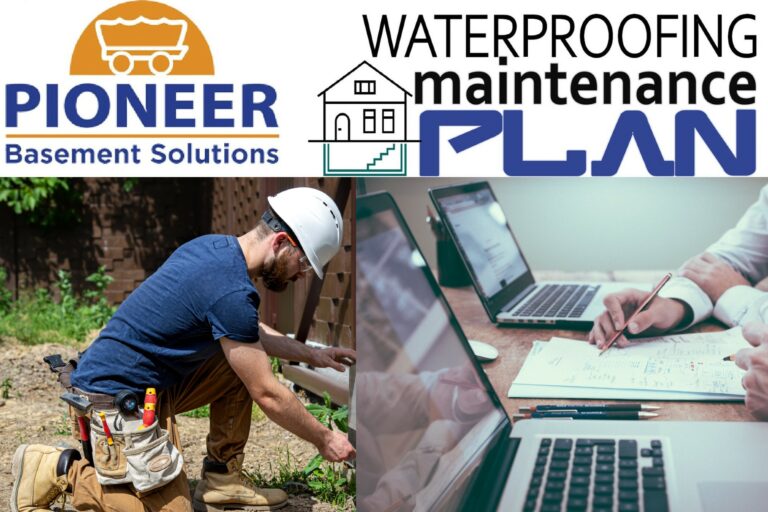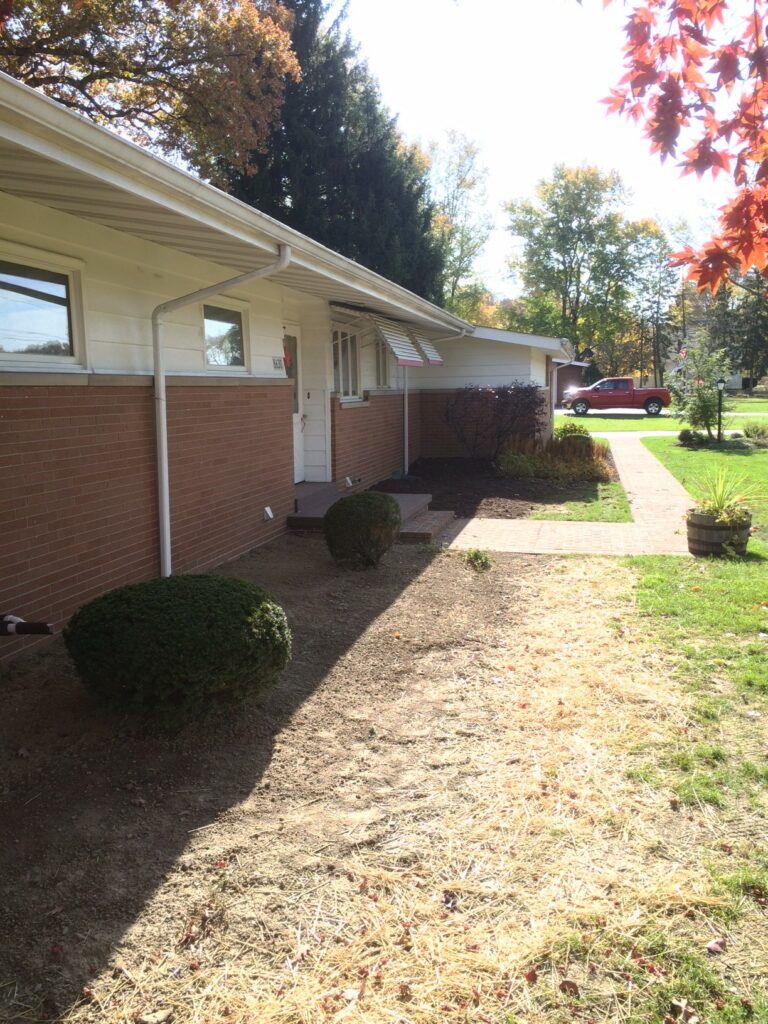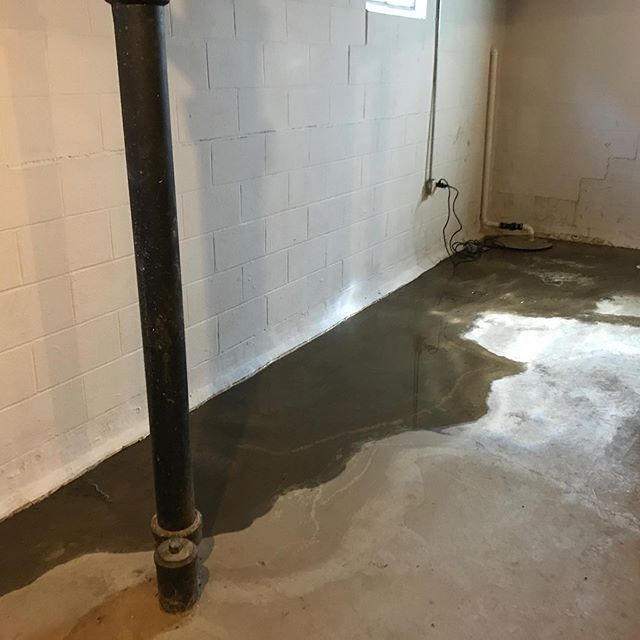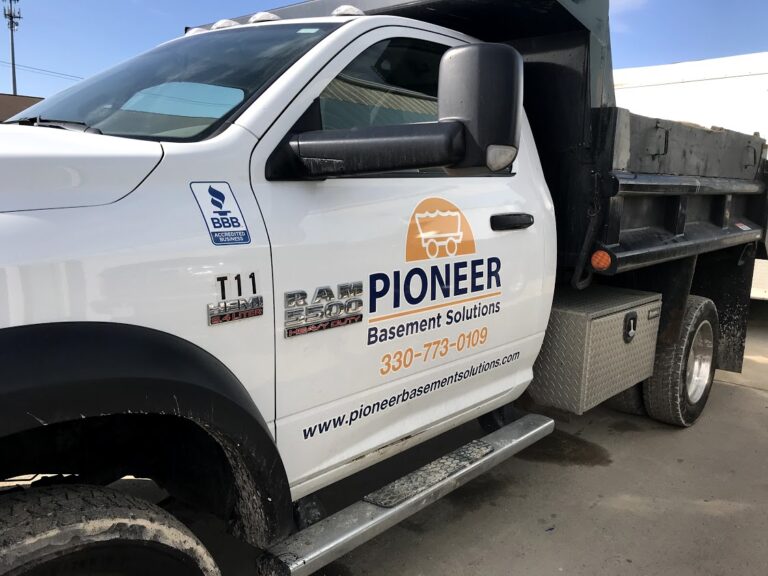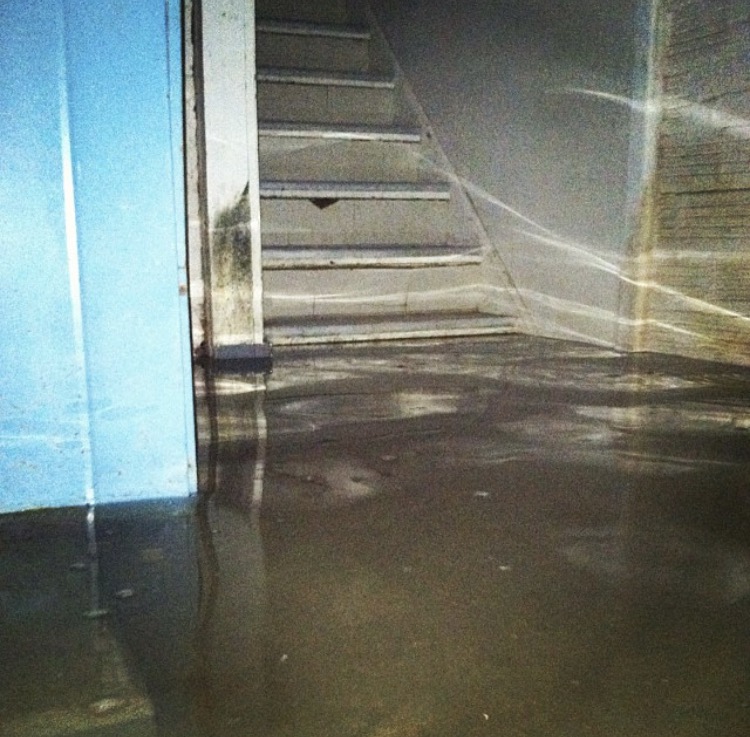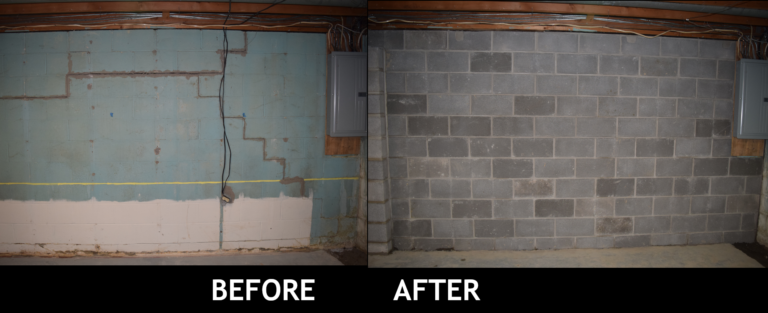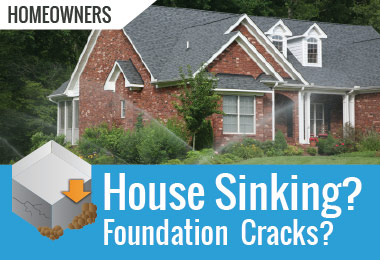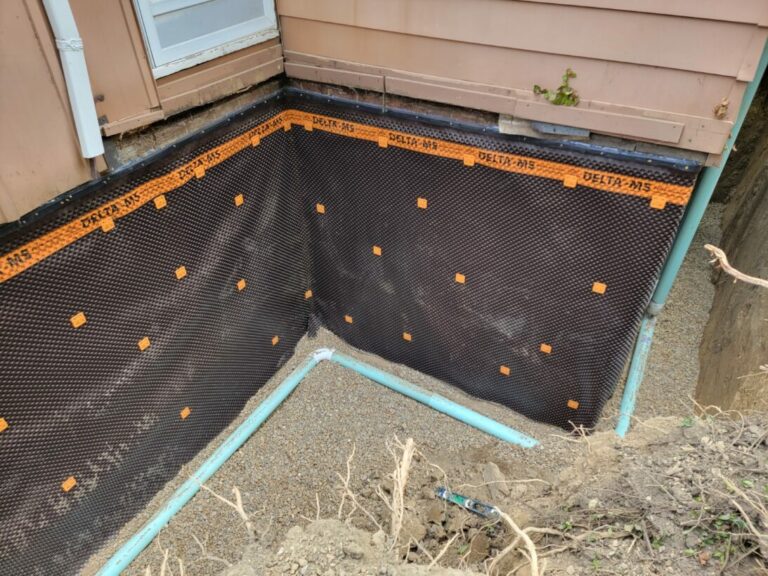
Basement Waterproofing Systems: Exterior vs. Interior Solutions Unveiled
Explore the world of basement waterproofing systems. Learn the difference between exterior basement waterproofing and interior water pressure relief. Discover when your foundation needs each and why Pioneer Basement Solutions, an industry leader since 1979, is your trusted partner. Call for a free inspection today!

